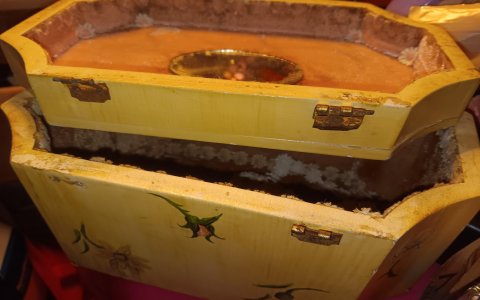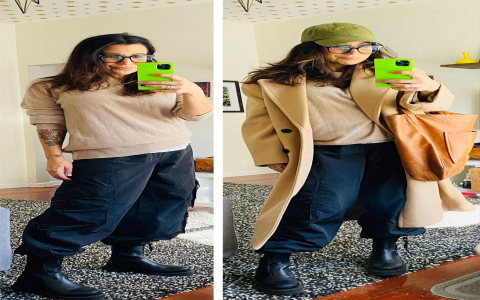Alright folks, so I dug out this gorgeous antique wooden purse I bought ages ago from a flea market. Thing was filthy – dust caked in the carvings, weird sticky spots, just overall looking sad. Figured it needed a proper clean but man, I didn’t wanna wreck the wood, you know? Time to figure this out.
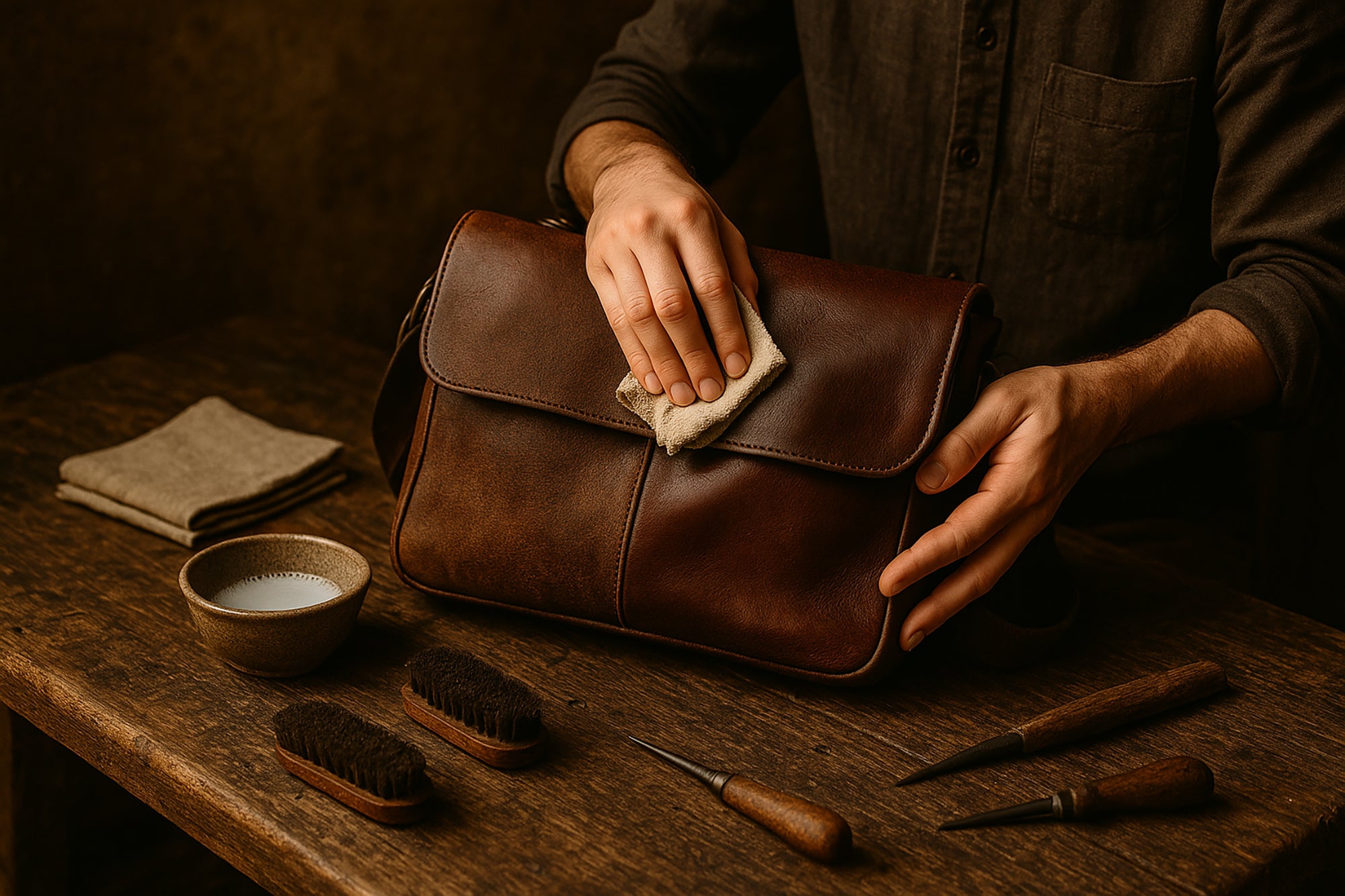
The Not-So-Great Ideas First
Grabbed some stuff around the house, thinking “how hard can it be?” Yeah… mistakes were made.
First up, tried water with a tiny bit of hand soap on a rag. Just lightly wiped a corner. Bad idea. The water soaked in fast, making the wood swell a bit and look kinda dull there. Felt the panic rising already. Abort mission.
Then thought, “Maybe furniture polish?” Sprayed a teeny bit on another hidden spot. Wiped. Left this awful greasy streak that just… wouldn’t absorb right. Looked worse! Nope.
Felt pretty stuck. Scared to touch it further.
Finally Found What Works
Hit the books – well, reliable blogs and forums this time. Okay, let’s try this properly.
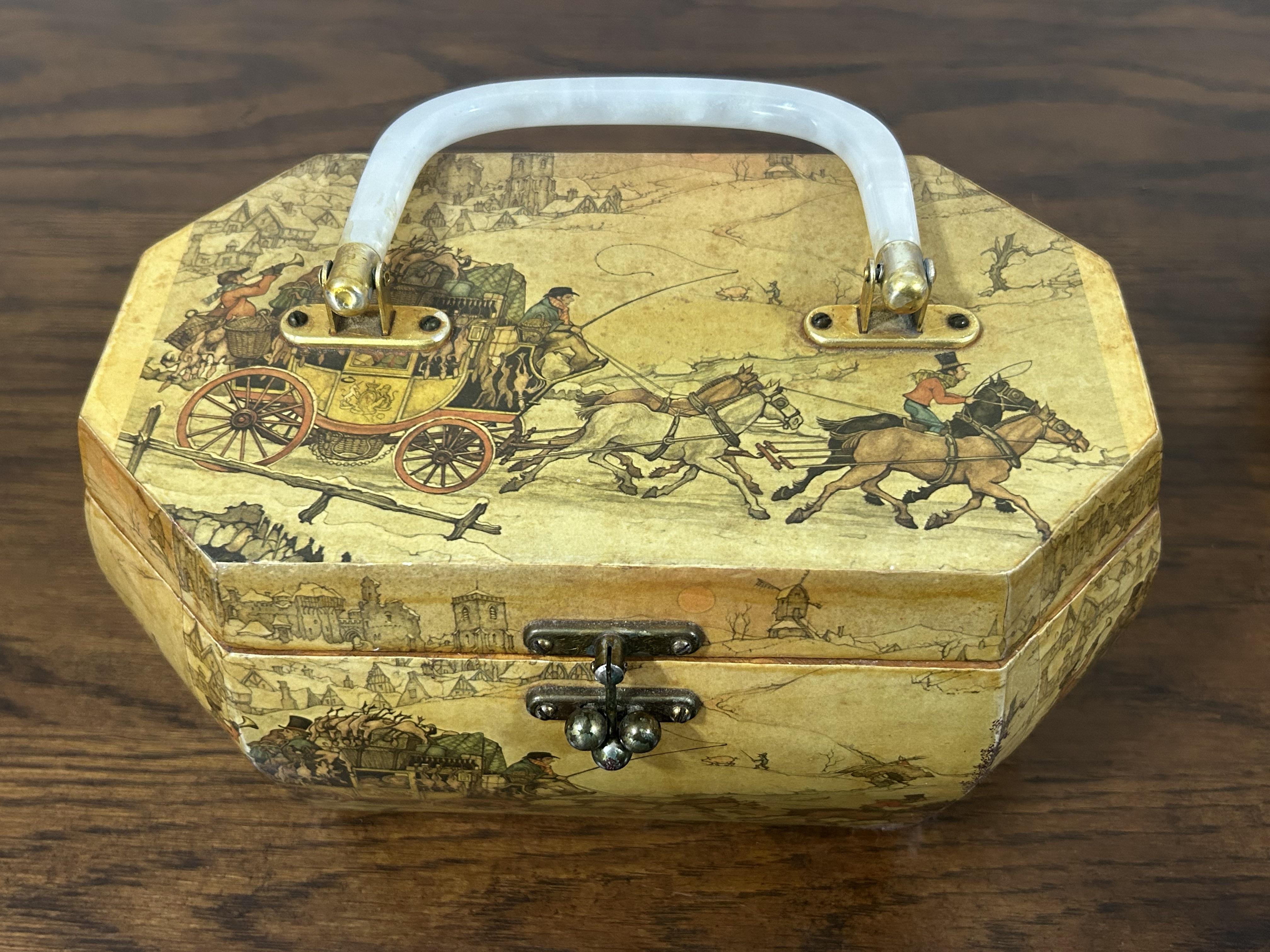
Gathered Stuff:
- Super soft cloths (like old t-shirts)
- A super soft toothbrush (seriously, like baby toothbrush soft)
- Mineral oil (the food-safe kind!)
- Distilled white vinegar
- Plain olive oil (yup, kitchen stuff)
- Cotton swabs
The Real Cleaning Process
Step 1: Gentle Dust Attack
Took that soft cloth and just gently, gently wiped away the loose dust and crumbs. Went with the wood grain, barely pressing. Used the soft toothbrush for the really tight corners and carvings – just brushing like you’d brush a baby’s hair. Barely touching it! Got a shocking amount of grit out this way.
Step 2: Tackling Sticky Bits & Grime
Mixed 1 part vinegar with 2 parts water in a tiny bowl. Dabbed a corner of a cloth in it, then squeezed it almost dry. Like, felt barely damp. Tested on the inside clasp hardware first (not wood!). Seemed okay. Got brave. Used that barely damp cloth to lightly, quickly wipe the worst sticky spots on the wood. Immediate wipe-off! Didn’t let it sit! Then immediately dried that spot super thoroughly with a dry cloth. Didn’t leave the wood feeling wet at all. Whew.
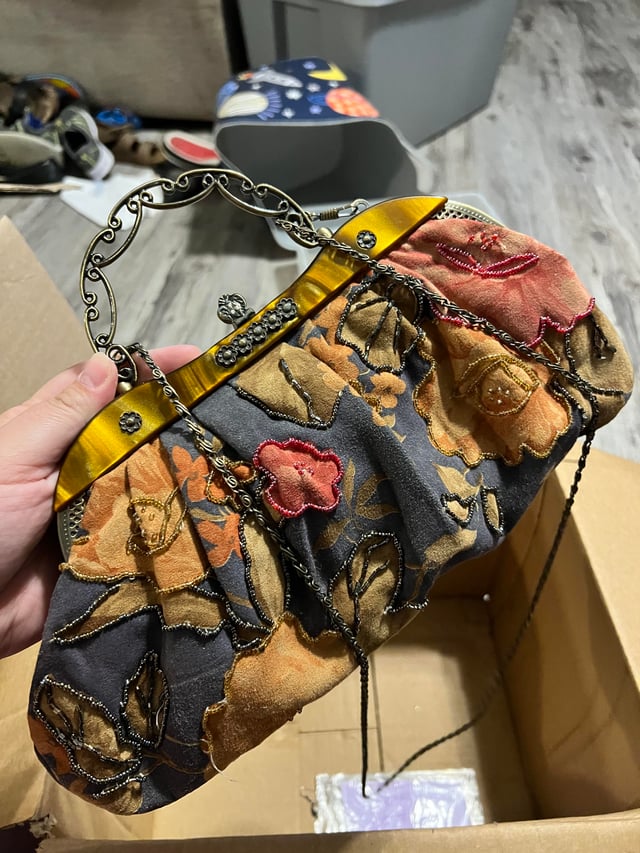
Cotton swabs dipped in the vinegar mix (and squeezed dry!) were ace for nasty gunk stuck in beads or joints.
Step 3: The Magic Finishing Touch
Now, the wood looked clean but… thirsty and dull, especially the water-stupid spot. Time for oil!
Mixed 2 parts mineral oil with 1 part olive oil in a tiny dish. Why? Straight olive oil can go sticky eventually, but mixed with mineral oil? Perfect balance.
Put a dime-sized drop of the oil mix onto a perfectly clean, soft cloth. Rub the cloths together to spread it out thinly. Like super thin. Then? Polished the wood lightly. Didn’t pour oil on it! Rubbed with the grain, super light pressure. Saw the wood just… wake up! Shine came back, looked nourished, not greasy. Wiped off any tiny excess after 5 minutes. The dull spot? Basically vanished.
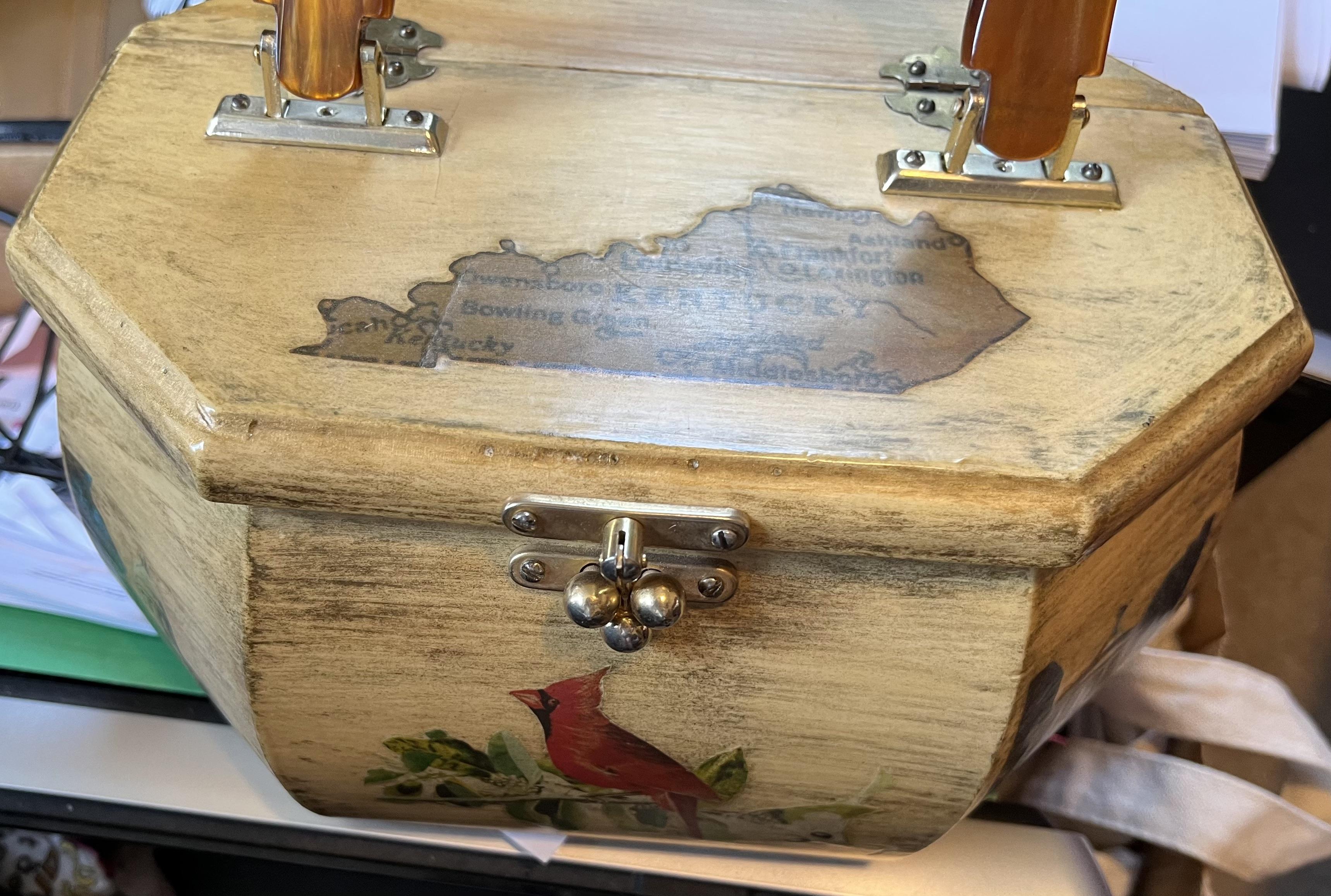
Step 4: Let it Be
Just let it sit open somewhere warm and dry for a full day. No rushing it. Let that oil fully sink in.
What I Learned the Hard Way
Water is not your friend unless it’s barely there and you dry it instantly. Wood sucks that stuff up like a sponge. Household cleaners? Forget it – too harsh and risk discoloration. The vinegar-water mix? Only works if you wring the cloth bone dry. And oil? Less is always more. You want to feed the wood, not drown it. Slow and gentle wins every time.
Seeing that purse look all proud and shiny again? Totally worth the panic and trial runs. If your granny’s old wooden purse is looking rough, give this method a shot. Go slow, be gentle, and don’t skip the soft toothbrush!
